common good
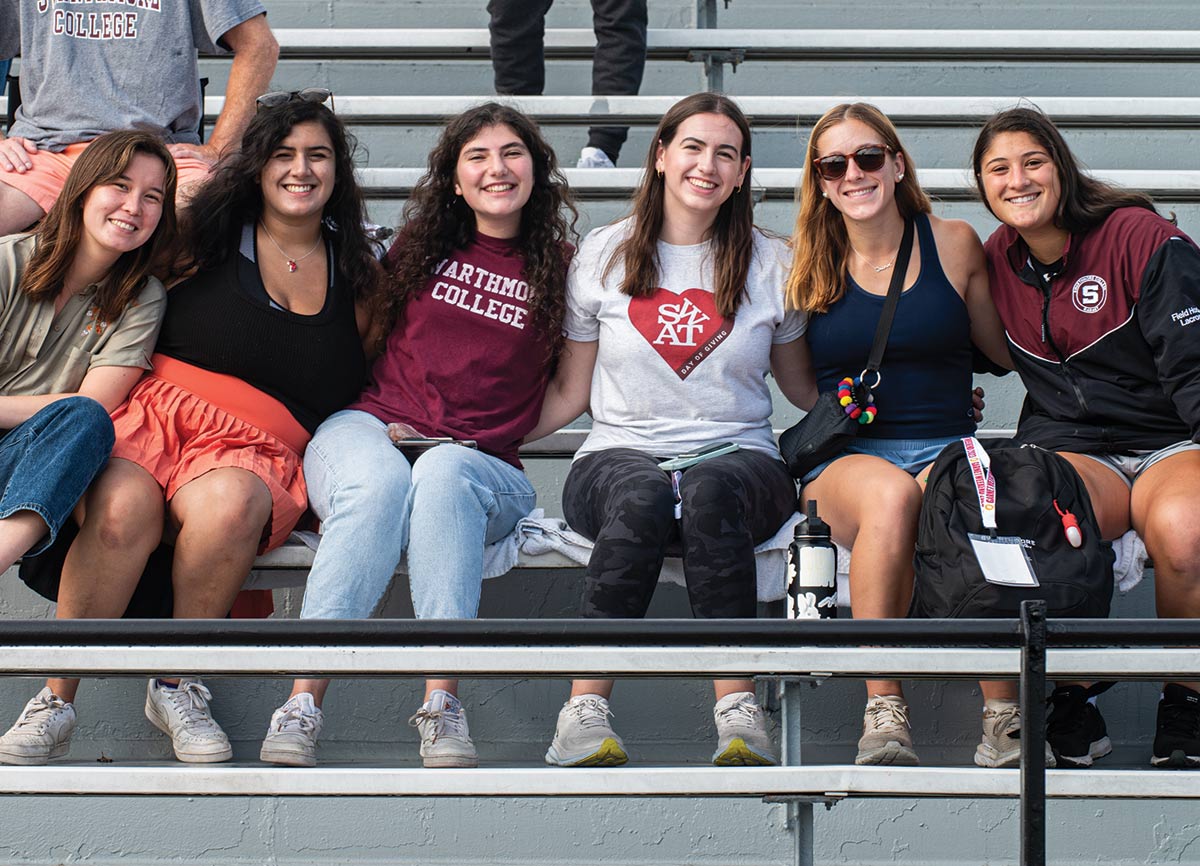

A Garnet Gathering
Photography by Jaci Downs Photography and Laurence Kesterson
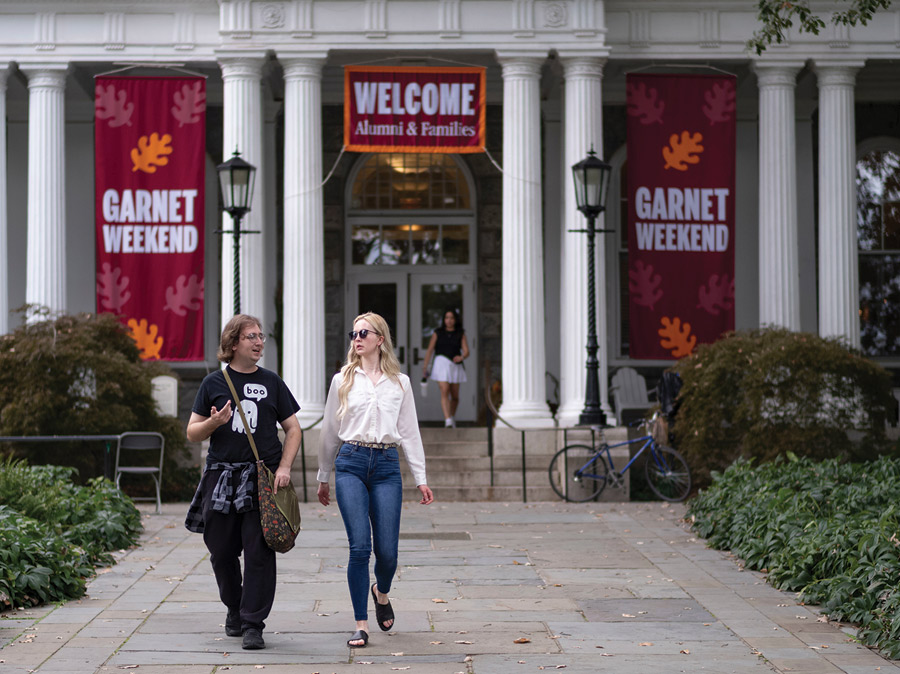
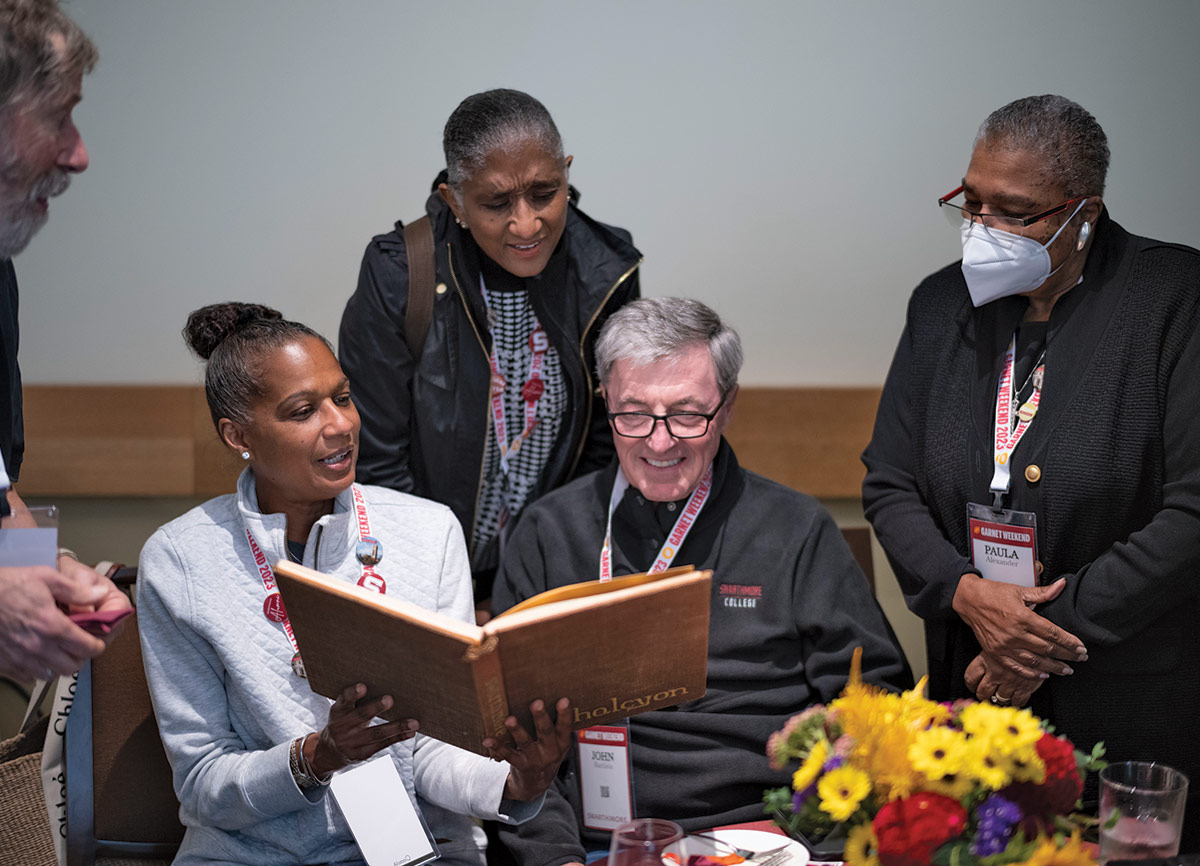

Sabbatical begins for President Smith
“In 2019, I started planning for a leave in Fall 2020, long before anyone had heard of COVID-19. After the pandemic hit, I postponed the planned sabbatical to prioritize the College’s response,” says Smith, who chose to begin her leave in February so that she could remain engaged in important work that takes place at the start of the spring semester.
Provost, Dean of the Faculty, and Professor of Art History Tomoko Sakomura and Vice President for Finance and Administration Rob Goldberg will serve as acting co-presidents during Smith’s sabbatical. “Our collective goal is to ensure the seamless operation of the College, uninterrupted by my absence,” says Smith. “I am confident that Tomoko and Rob will lead the College well.”
Smith plans to dedicate much of her time to scholarly pursuits and looks forward to remaining engaged while on sabbatical. “I am honored to serve in this role, and I look forward to continuing our work together in the service of this extraordinary institution,” says Smith.
Honoring Rosamund “Roz” Zander ’64’s Life and Commitment to Sustainability at Swarthmore
In her short time with Zander — a leader in the fields of family therapy, leadership development, and personal growth; an artist; and a staunch advocate for sustainability — Drake felt Zander’s commitment to the College and sustainability.
“It was clear that she cared deeply about the environment and the opportunity for us all to rise to the challenges of these times,” says Drake.
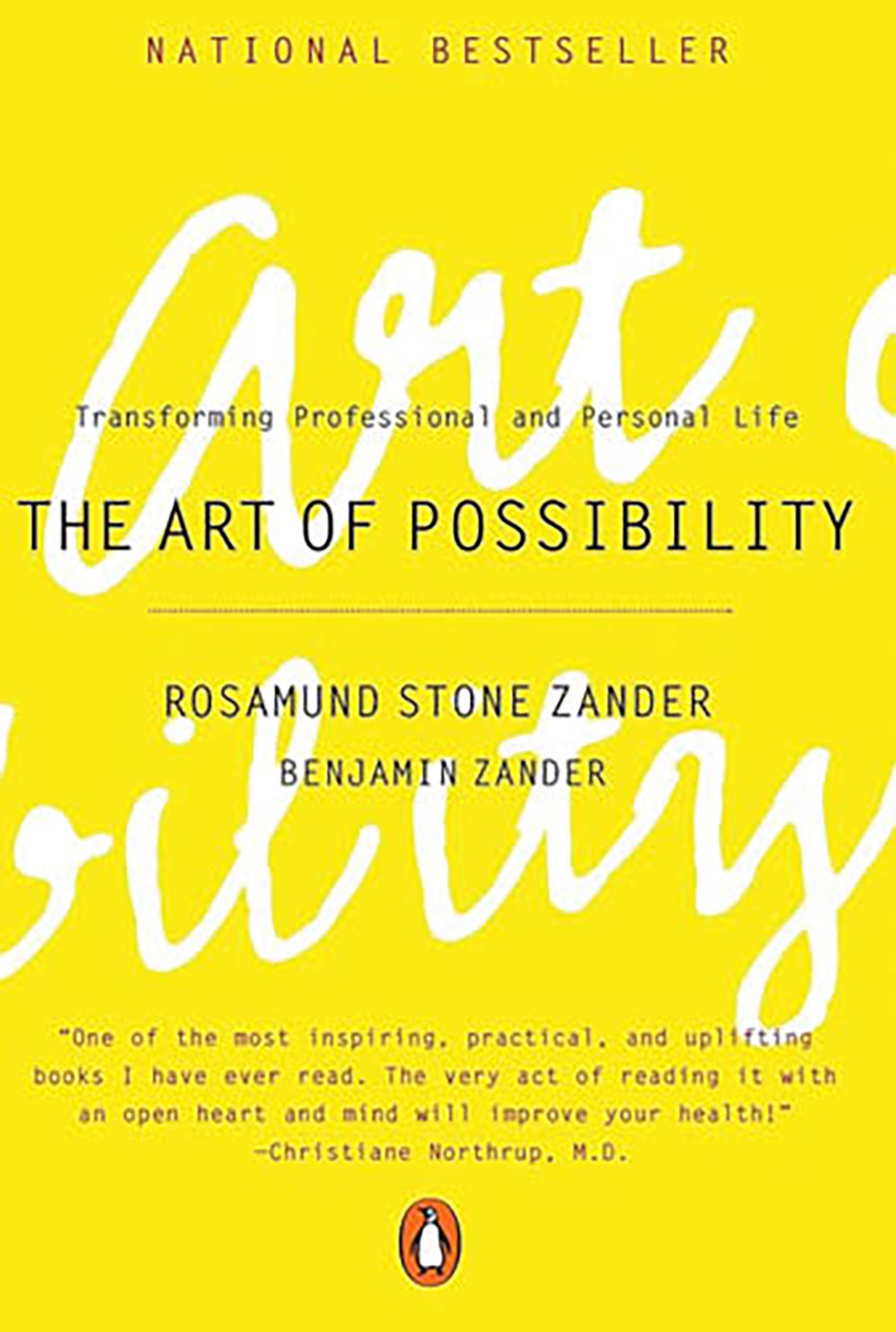
“We are deeply saddened by Roz’s passing,” says Swarthmore President Valerie Smith. “Her passion and enthusiasm for a wide range of subjects — including art, environmental sustainability, and human development — were inspiring and contagious.
“I am profoundly grateful to Elizabeth for agreeing to deliver this year’s McCabe Lecture, particularly under these difficult circumstances,” Smith adds. “I was fortunate to be with Roz and Elizabeth when they last met, and it was remarkable to see how quickly and easily they connected around their shared belief in the value of living purposefully and their commitment to environmental sustainability.”
Drake wanted to “honor Zander’s legacy and dedication to the environment by connecting her teachings about possibility to my own philosophy for living in this era of climate crisis.” She touched upon Zander’s two books, The Art of Possibility (co-written with her former husband, Ben Zander) and Pathways to Possibility, based on Zander’s experiences as a family therapist and executive coach. She will connect them to her own approach to sustainability work, “framing possibility as a powerful tool for living and acting in this era of climate crisis.”
Zander, who graduated from Swarthmore with a degree in English literature, coached people to create a life of vision, passion, and contribution — values she lived by and embodied herself. In 2021, she made a $5 million gift to Swarthmore to help fund a geoexchange plant, an essential element of Swarthmore’s To Zero by Thirty-Five effort toward carbon neutrality.
In addition to the outright gift, Zander issued a fundraising challenge to the College community: Raise $1.5 million for the geoexchange plant by June 30, 2022, and she would match the sum to fully fund the $8 million project. Her leadership motivated fellow Swarthmoreans, who met the challenge ahead of the deadline.
“What we have done to our environment since the Industrial Revolution stands out as the most critical issue of our time,” Zander said when announcing her fundraising challenge. “I’m thrilled to support this amazing project, having experienced that Swarthmore’s commitment to reducing carbon in the air, and sustainability overall, runs very deep indeed.” Zander supported the President’s Sustainability Research Fellowship, which Drake views as central to the work of her office. “We’re incredibly grateful for her generosity in helping us to fulfill our goals of becoming carbon neutral and educating the next generation of sustainability leaders,” she says.
—RYAN DOUGHERTY
GO GARNET
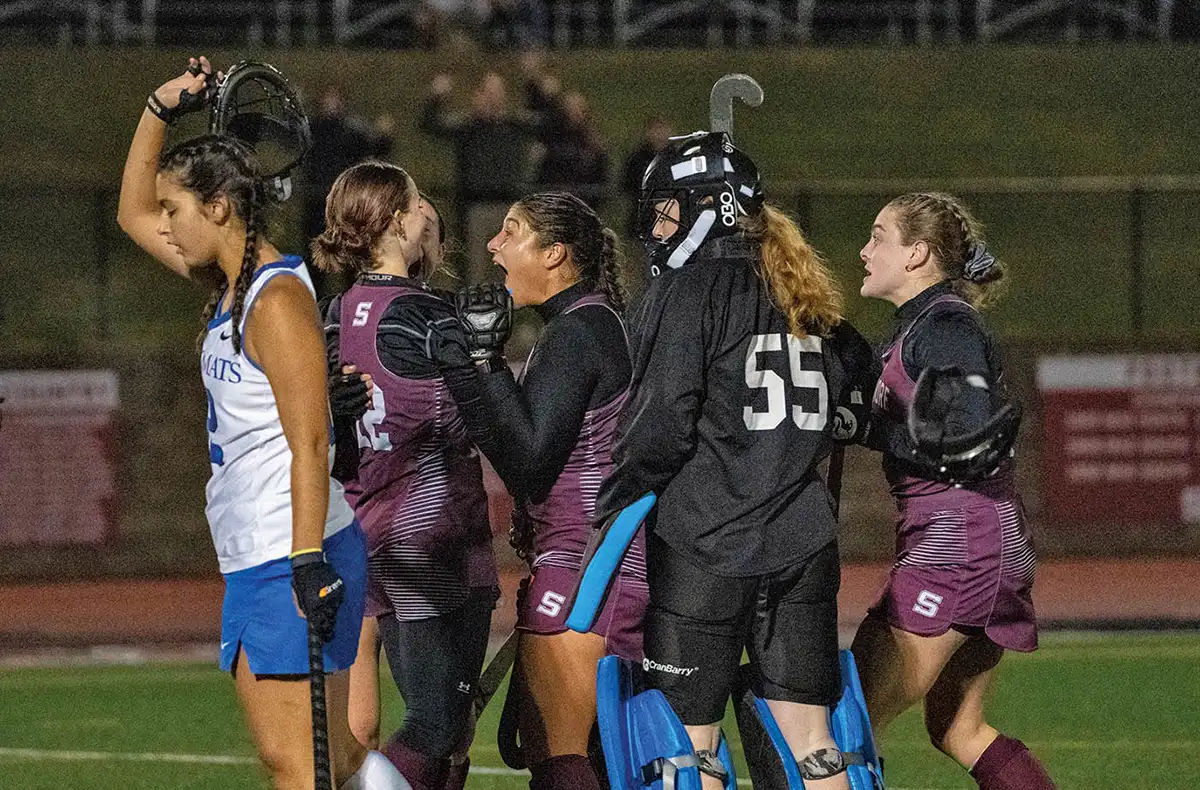
GOALS!
The trio also earned All-Centennial honors, with Kohn and Stancofski on the first team and Hitchingham on the second. It’s the first time the Garnet has had three All-Conference players since 2006.
In addition, forward Jackie Crowley ’24 was named to the Centennial All-Sportsmanship Team. She played in all 19 contests for the Garnet, starting 12. Kohn led Swarthmore in goals (11) and points (27) while tying for first in assists (5). Stancofski led a Garnet defense that ranked ninth in the region in goals against average (1.40). Hitchingham was second on the team in goals (9) and points (20) and scored the lone goal in Swarthmore’s win over nationally ranked Bryn Mawr College.
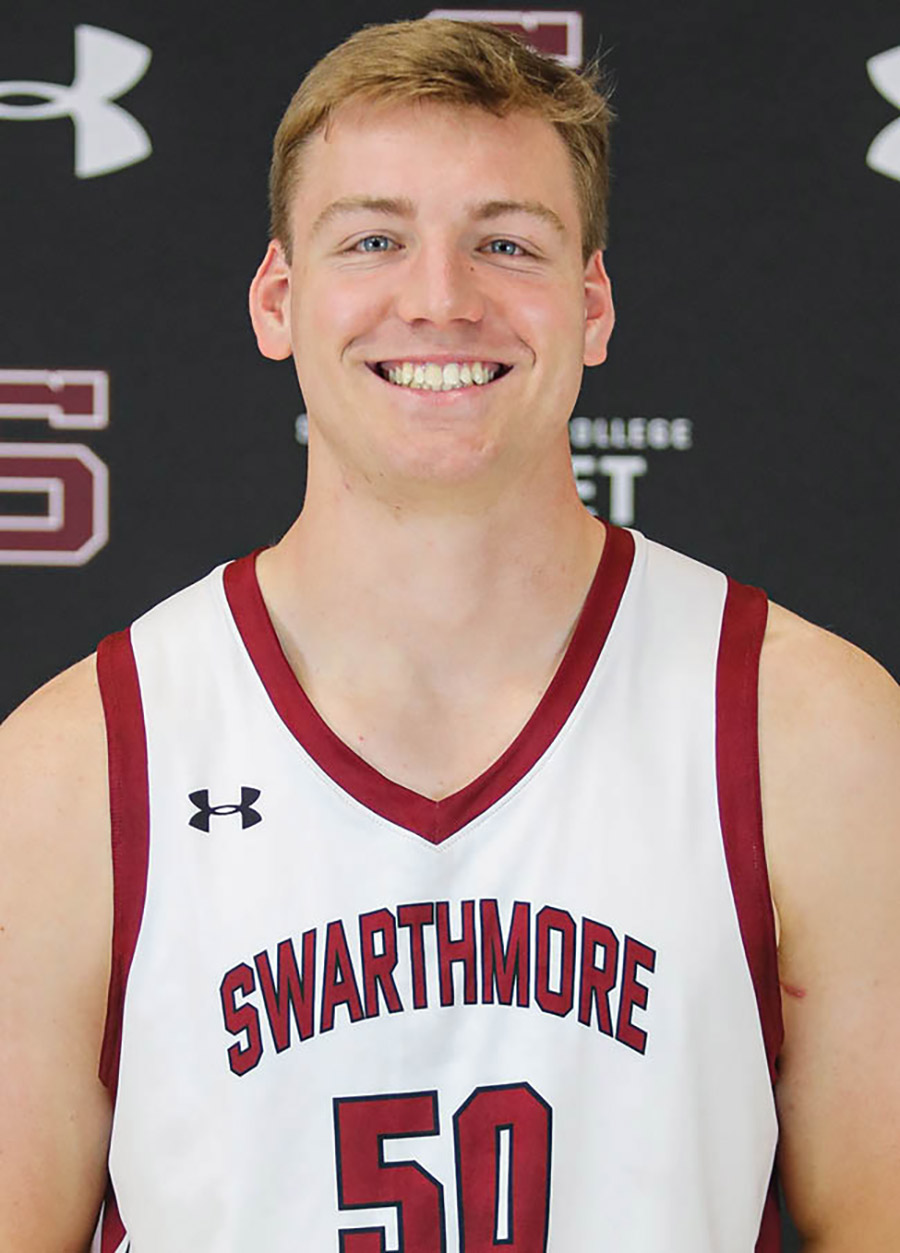
That’s chemistry!
Riley previously collaborated on three papers with All-American men’s basketball forward Zac O’Dell ’20, now a fourth-year Ph.D. student in physical chemistry at Temple University and National Science Foundation Graduate Research Fellow, and they have a fourth paper in process.
—RYAN DOUGHERTY
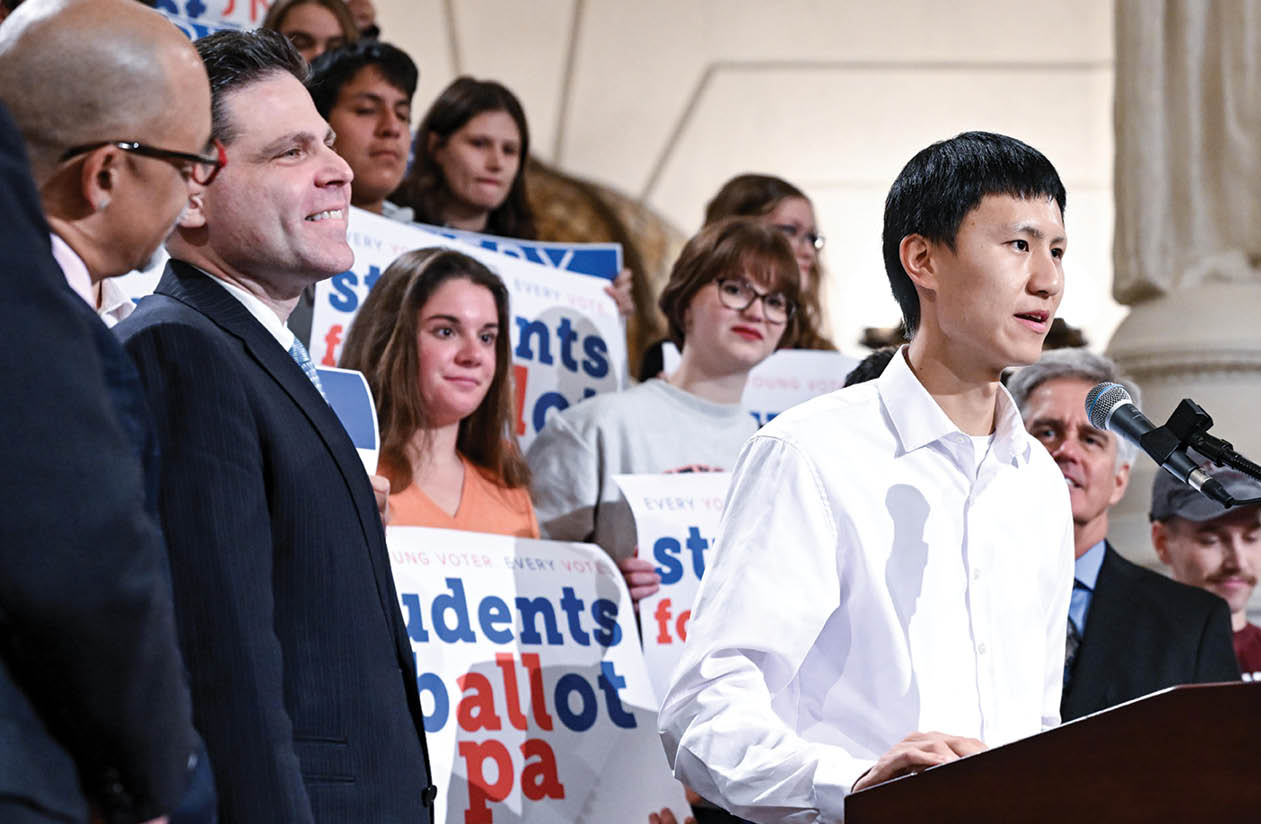
Debating for Democracy
Hou and Grieser received grant support from the Lang Center for Civic & Social Responsibility last spring for their Debating 4 Democracy letter, which was adapted and published on the news site Pennsylvania Capital-Star. The letter, addressed to Solomon, highlighted the importance of independent voters being allowed to vote in primary elections. Rep. Solomon, an attorney who has represented part of Northeast Philadelphia since 2017 and served in the Army Judge Advocate General’s Corps, contacted the Swarthmore students to arrange a meeting in Philadelphia.
“We had originally planned to take a few students to Harrisburg to meet with legislators,” Grieser says, “but we ended up with more than 50 students from across the state.”
Hou, Grieser, Cadwallader, and fellow co-chairs of Students for Ballot PA organized the rally through the Committee of Seventy, a nonprofit that advocates for effective government in Philadelphia. The students expressed support for two bills (one from Solomon and another from his colleague from across the aisle, New Castle State Representative Marla Brown) to help put an end to closed primaries.
—CORINNE LAFONT ’26 AND RYAN DOUGHERTY

The Power of Place
That theme ran throughout a panel on community organizing in Philadelphia’s Chinatown held at Swarthmore by the Tri-College Asian American Studies Program in September. It was organized by Assistant Professor of History Vivian Truong, and presented two generations of mothers and daughters working to preserve Chinatown’s history and location.
The panel featured Wei and former Philadelphia City Council Member Helen Gym, alongside their daughters — Kaia Chau, a senior at Bryn Mawr College, and Taryn Flaherty, a junior at the University of Pennsylvania, who are also the co-leaders of Students for the Preservation of Chinatown.
Philadelphia’s Chinatown is at the center of a contentious proposal to build a basketball arena for the Philadelphia 76ers in Center City. Truong discussed this and the community’s history.
“Chinatown is not a stranger to projects that have threatened to displace a large portion of its population,” she said. “It actually began with displacement; Chinatown was first established in the 1870s as a haven for immigrants fleeing from anti-Chinese violence in the West.”
—MAHIKA SHERGILL ’26
Campus and Beyond

New DEI Leadership
Chemicals and the Brain
These grants support her research program, which uses behavioral measurements in planarians, or flatworms, to study how chemicals affect brain function and test possible treatment options for chemical poisoning.

Understanding Metallic Glass
—CARA ANDERSON
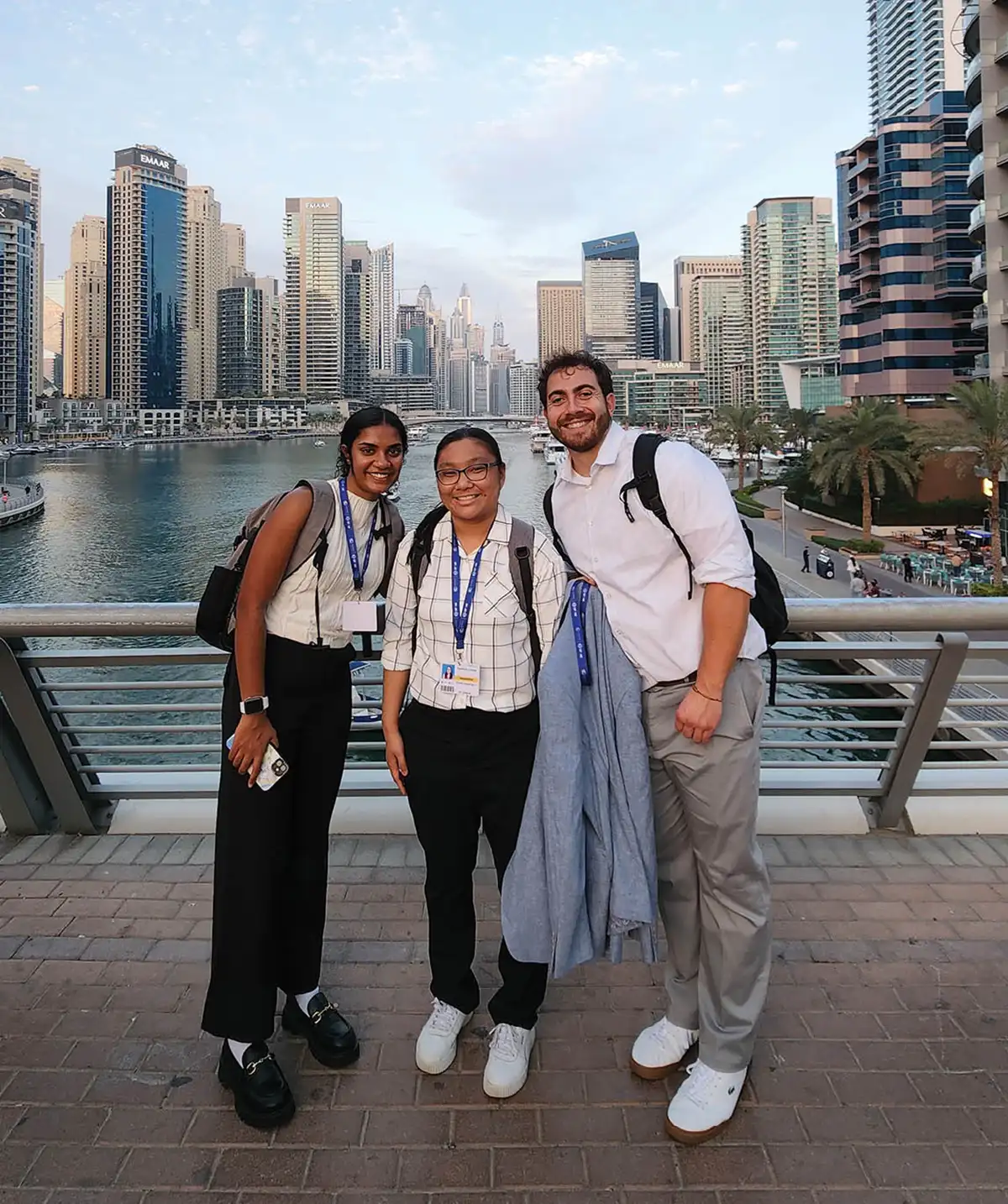

A Living Legacy
The monument’s creation process relies on communication with the victims’ families and is being facilitated by trauma-informed professionals from EMIR Healing Center, which has provided trauma and survivor services for co-victims (the family members, friends, and other loved ones of the victim) of homicide in Philadelphia for over two decades.

The inspiration for the project came to Tarver in 2020 while he was on a walk with his wife Kristin and their dog, Winston, through the historic Elkins Estate, just outside Philadelphia. Vines and plants nearly consumed the otherwise ordinary greenhouse.
Tarver, who teaches Photography Foundations, had a vision of transformation.“The idea just occurred to me,” Tarver says. “What would happen if we etched portraits of homicide victims into the glass, with the idea that the light shining through would nurture the plants inside?”
After some searching, Tarver connected with the property owner, who agreed to the idea. Joyner incorporated House of the Living into two courses during the 2022-2023 academic year. Her Sculpture and the Environment course focused on the project for the majority of the spring semester.
Student involvement included interviewing people who have lost family members to violence, testing materials and developing the process for creating the panels, operating the MakerSpace laser cutter to etch portraits, creating 3D renderings and physical models of the greenhouse, and website design.
The class installed the first 45 portrait panels on site at the greenhouse for their final project.
Kashinsky, who continued to work on the project after her class with Joyner ended, explains why it’s difficult to package up a neat description of House of the Living.
“The project really isn’t simple,” she says.
FarmerJawn, which has a 10-year lease on the greenhouse property, is a community-supported agriculture group, founded by Christa Barfield. FarmerJawn provides farm-fresh organic foods, and food education regarding politics and justice, to communities regardless of socioeconomic status. Family approval for a portrait comes after information sessions and individual interviews. Many of those interviews are conducted by Swarthmore students, all of whom were trained by EMIR counselors on trauma-informed language, ensuring that the process lives up to its goal of being an avenue for healing.
EMIR co-founder and president Chantay Love, whose brother was killed in 1997, says there needs to be an awareness of what families and individuals experience when they lose someone.
“There are multiple dimensions of healing involved,” Love says. “The actual process, working with counselors and students, talking about their loved one, and sharing who that person was, not just what happened to them, is a healing process for families.”
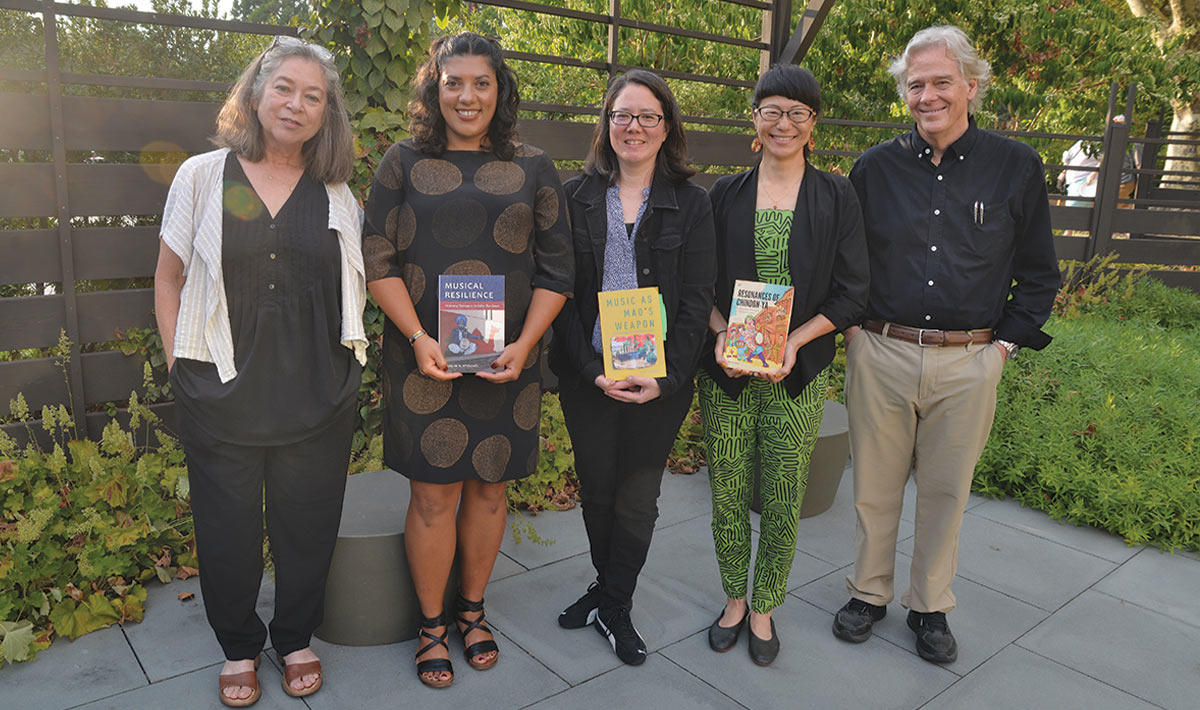
Music Beyond Space, Time, and History
A new book from Associate Professor and Chair of Music Lei Ouyang, Music as Mao’s Weapon: Remembering the Cultural Revolution (University of Illinois Press, 2022), was the inspiration for this event. Ouyang was joined on a panel by Marié Abe ’01, associate professor of music at UC-Berkeley and Shalini Ayyagari ’00, associate professor of music at the University of Pittsburgh. Swarthmore’s Mari S. Michener Professor of Religion Steven Hopkins and Professor of Music Deborah Wong from UC Riverside, one of the foremost ethnomusicologists today, offered questions, observations, and commentary.
“As an ethnomusicologist, my lens is to look at the music … always in connection with the people, the politics, the history and the context of the time,” says Ouyang.
Ethnomusicology is the study of music in social and cultural contexts; it was the theme of the panel and the works presented. The ever-changing nature of music requires ethnographic attention, Abe believes, as it leads us to pay attention to the texture of the everyday and the sounds around us.
Abe’s book, Resonances of Chindon-ya: Sounding Space and Sociality in Contemporary Japan (Wesleyan University, 2018), examines the intersection of sound, space, and sociality through an ethnographic analysis of a Japanese street musical practice called ‘Chindon-ya.’ She described it as “a simultaneously acoustic and affective work of sounding that articulates latent sociality, the acoustic environment and sedimented histories.”
— mahika shergill ’26
Sly Insights

The two have authored a commentary on Herodotus’ Histories, a text that has enjoyed a recent spike of academic interest.
“Herodotus is called the father of history because [Herodotus’ Histories] is the first work of historiography that has actually survived in the West,” says Munson.
Though Herodotus took pains to interview eyewitnesses and provide evidence for many of his claims, Histories includes figures from Greek mythology and a bit of his own moralizing.
Many of the stories are funny in an extremely sly kind of way, says Dewald. “I’ve been reading Herodotus for over 40 years, and I’m still finding things … But the joke always sends us to things that are pretty deep and worth thinking about.”
—NIA KING

Lives Well Lived

Natalie Kim ’22
Growing up, Natalie had two passions: music and animals. During her high school years, she served as co-concertmaster of the Delaware County Youth Orchestra, and in college, was principal viola of the Swarthmore College Orchestra. She also helped form the Chroma Quartet at Swarthmore, which won the school ensemble competition during her senior year.
Natalie had a lifelong passion for animals. She interned at Radnor Veterinary Hospital in high school and worked at Town & Country Veterinary Hospital in Media throughout her college and gap years. It was there that she met the veterinary professionals who would eventually become her mentors.
Natalie was a homebody who loved rainy days, drinking tea, crocheting, and spending time with her friends and sister Maggie. But her most precious moments were those spent with her beloved cockapoo, Maisy. She died on October 24, 2023 at age 23.
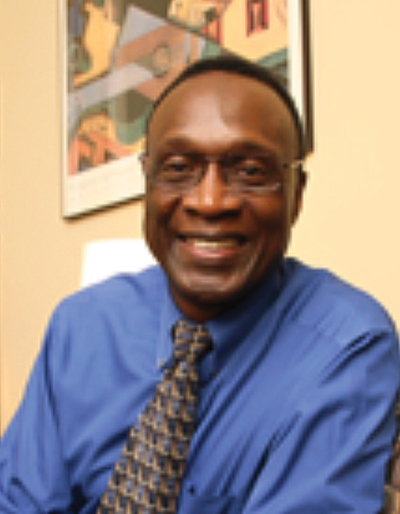
Associate Dean for Multicultural Affairs Darryl Smaw
An ordained American Baptist minister, Darryl earned a Bachelor of Science degree in music education from Delaware State University, master’s degrees in divinity and theology from Colgate Rochester Crozer Divinity School, and master’s and doctoral degrees in education from Harvard University.
Darryl was a mentor to students and colleagues alike who remember him as a pastor who served the community, lived as a drum major for justice, and always saw the sacred and worthy in everyone he encountered. He died on Dec. 4, 2023 at 80 years old.
An ordained American Baptist minister, Darryl earned a Bachelor of Science degree in music education from Delaware State University, master’s degrees in divinity and theology from Colgate Rochester Crozer Divinity School, and master’s and doctoral degrees in education from Harvard University.
Darryl was a mentor to students and colleagues alike who remember him as a pastor who served the community, lived as a drum major for justice, and always saw the sacred and worthy in everyone he encountered. He died on Dec. 4, 2023 at 80 years old.
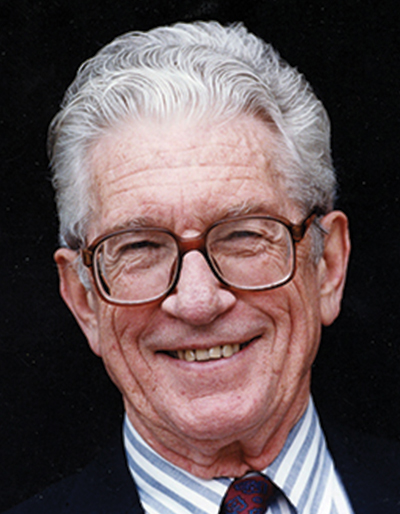
Richter Professor Emeritus of Political Science David G. Smith
David grew up in Norman, Okla., and graduated with a B.A. (1948) and M.A. (1950) from the University of Oklahoma. He then earned a Ph.D. from Johns Hopkins University and, following a postdoctoral fellowship at the London School of Economics, joined Swarthmore’s faculty as a political science instructor in 1953.
A prolific scholar, Smith wrote four books about Medicare and Medicaid reform, including Medicaid Politics and Policy (2015) with Judith Moore, the definitive history of this vital program, now in its second edition. Early in his career, he wrote two books on political science and constitutional law, including one with longtime political science professor J. Roland Pennock ’27.
When Smith retired in 1992, friends, colleagues and former students established the David G. Smith Internship in Health and Social Policy, a merit-based research grant awarded annually to one student conducting an internship in social policy. He died on Sept. 28, 2023 at age 96.